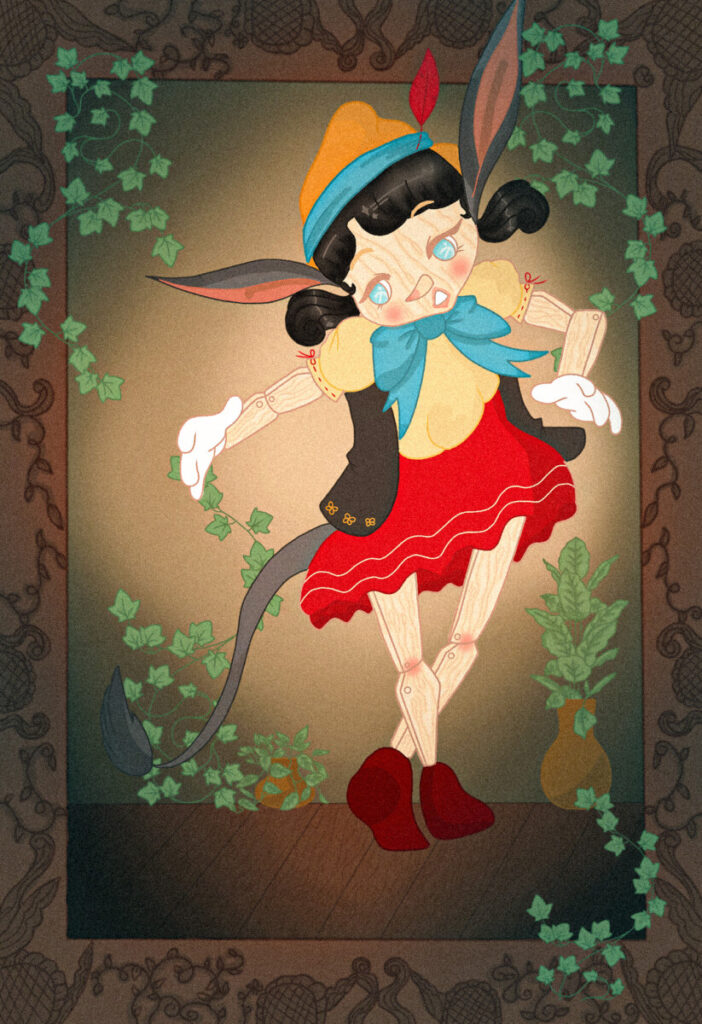When I obtained the internship that I am currently at, I did not have to sign a confidentiality or non-disclosure agreement. Every assignment that I am working on is provided by them and so the language is theirs and from articles written by them. It’s also important that I do not disclose personal information about the people who work at the organization because this is obviously an infringement on the person. It’s especially important not to speak about anything private on social media and it’s better to just let the companies handle that outlet themselves. It is more about the work and not the private lives of the workers. Which is why it’s important for companies to have confidentiality agreements and non-disclosure forms as well. There is a level of professionalism that I think everyone should maintain even if you are just an intern.
So far throughout the internship I have seen no reason to disclose any information regarding my co-workers and clients because there is none. Even if I did not sign any forms or agreements I take it upon myself to have basic human decency to not give out my co-workers or clients personal information. It’s important to remember your place within the company, organization, etc. You are not the chairman, you are just the graphic designer. Even when I’m writing about the organization in my weekly discussions I try to keep it as tight knit and as basic as possible to not disclose anything by mistake.
In the book A Clients Guide to Design: How to Get the Most Out of the Process, it states that, “A professional designer adheres to principles of integrity that demonstrate respect for the profession, for colleagues, for clients…A professional designer shall treat all work in progress prior to the completion of a project and all knowledge of a client’s intentions, production methods and business organization as confidential and shall not divulge such information in any manner whatsoever without the consent of the client.” I try my best as the designer to adhere to any ethical guidelines that are in place and again remembering that you are just a designer hired to design is important as well. Respecting clients and co-workers is number 1 priority since they would not treat your private life with disrespect either. So at the end of the day, just do what you were hired to do.
As a designer you not only have responsibility from your company, organization, etc but we also have to remember that our designs are ultimately going to reach the public eye and people will see them. According to the article, Why Every Designer Needs a Code of Ethics, it states that it is important to be aware of “Taking projects that could result in some degree of harm to the public, the communicated message and its truthfulness, mutual respect of the audience, discriminatory actions and obligation to serve the community.” My ethics and morals would come into play here and I would need to decide whether this project is worth taking even if it sacrifices what I believe in. And that answer is always going to be no. If the designer does not believe in what they’re creating and putting out into the world then neither will the public.
Sources:
“A Client’s Guide to Design: How to Get the Most Out of the Process” AIGA. (2009). PDF. New York City; Joanne Stone et al.
Cousins, C. (2014, August 5). Why every designer needs a code of Ethics. Design Shack. Retrieved March 30, 2023, from.





